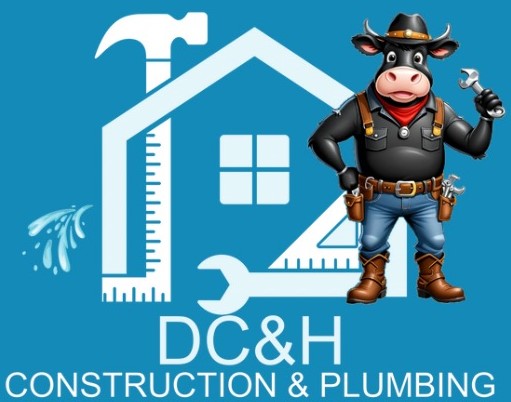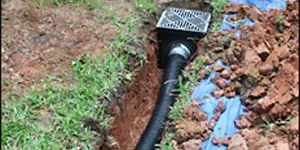French drains are a popular drainage solution used to prevent water damage and flooding in residential and commercial properties. These drains are designed to redirect excess water away from buildings and landscapes, effectively preventing water accumulation and potential structural damage. They consist of a trench filled with gravel or rock, which allows water to flow freely and be directed away from the property.
The construction of a French drain involves several key steps. First, a trench is dug in the desired location, typically around the perimeter of a building or in areas prone to water accumulation. The trench should slope downward to ensure proper water flow. Next, a perforated pipe is placed in the trench, with the perforations facing downwards. This pipe acts as a conduit for water to enter and be redirected away from the property. The trench is then filled with gravel or rock, which serves as a filter and allows water to flow freely while preventing soil and debris from clogging the drain.
French drains offer numerous benefits for property owners. They effectively prevent water damage by redirecting excess water away from buildings and landscapes, reducing the risk of flooding and structural issues. French drains are also a cost-effective solution compared to other drainage systems, as they require minimal maintenance once installed. Additionally, these drains can be customized to suit specific needs, such as incorporating a sump pump for areas with high water tables. Overall, French drains are a reliable and efficient solution for managing water drainage and protecting properties from water-related damage.







